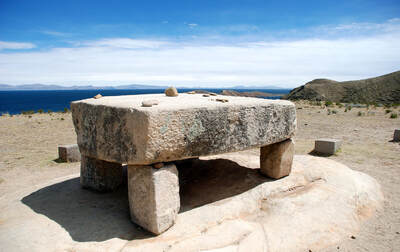
Lake Titicaca straddles the border of Bolivia and Peru as the world's highest lake which is navigable by larges vessels at over 12,000 feet elevation above sea level. It's the second largest lake in all of South America, with over 3200 square miles -- bigger than Rhode Island and Delaware combined!
The lake Is actually separated by a narrow strait of land into two distinct bodies of water and each has one name for those in Bolivia and a different name if you're in Peru.
In the midst of the Bolivian portion of the lake, off the shore from Copacabana, lies Isla del Sol (Island of the Sun). The island has ruins dating back to the Inca civilization some 2200 years before Christ. Most of the ruins, however, date from the 15th century Incan emperor known as Topa Inca Yupanqui (Noble Inca Accountant). The ruins include a labyrinth from which they draw the name "Chincana" -- "the place where one gets lost."
The lake Is actually separated by a narrow strait of land into two distinct bodies of water and each has one name for those in Bolivia and a different name if you're in Peru.
In the midst of the Bolivian portion of the lake, off the shore from Copacabana, lies Isla del Sol (Island of the Sun). The island has ruins dating back to the Inca civilization some 2200 years before Christ. Most of the ruins, however, date from the 15th century Incan emperor known as Topa Inca Yupanqui (Noble Inca Accountant). The ruins include a labyrinth from which they draw the name "Chincana" -- "the place where one gets lost."
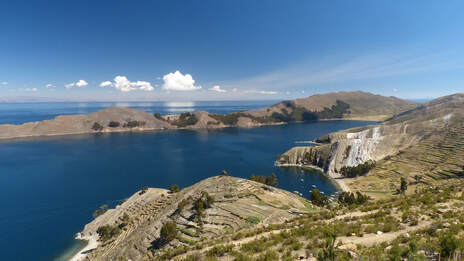
According to Incan legends, Isla del Sol was the birthplace of the first Incas: Manco Kapac and Mama Okllo, son and daughter of Viracocha. The Inca believed that the sun was born here from behind a large rock to the east, shaped like a crouching puma called Titi Khar´ka (Rock of the Puma) hence the lake's name. Their beliefs and description of the Creator God, Viracocha, bear a startling resemblance to our understanding of the creation account and the work of Jesus Christ in creation, including the concept of creating by means of the spoken word of God.
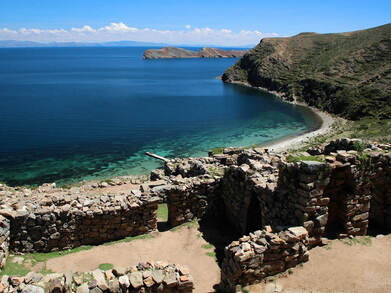
Although the ruins are often called the Inca's Palace, archaeologists are not certain of the use or purpose of the structure, but they do know that within the "palace" structure lies a well, which the ancients believed contained purifying water.
According to some students of the site, Lake Titicaca was a site sacred to the Incas. In the Incan creation myth, the god Con Tiqui Viracocha rose up out of Lake Titicaca. After commanding the sun (Inti), moon (Mama Killa) and the stars to rise, Viracocha created more human beings by speaking life into stone and command his creation to populate the world. The Incas therefore believed that Lake Titicaca was their place of origin, and that upon death, their spirits would return to this lake.
According to some students of the site, Lake Titicaca was a site sacred to the Incas. In the Incan creation myth, the god Con Tiqui Viracocha rose up out of Lake Titicaca. After commanding the sun (Inti), moon (Mama Killa) and the stars to rise, Viracocha created more human beings by speaking life into stone and command his creation to populate the world. The Incas therefore believed that Lake Titicaca was their place of origin, and that upon death, their spirits would return to this lake.
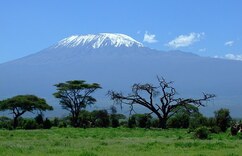
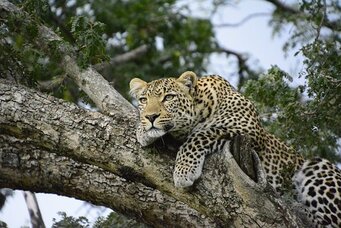
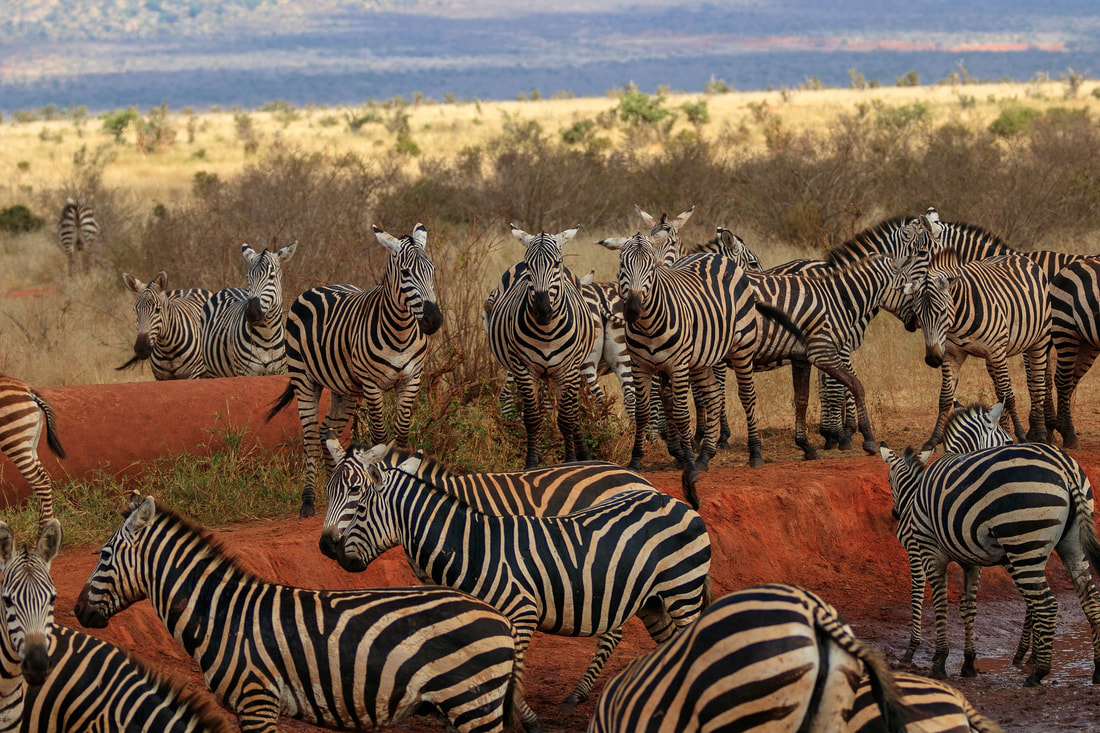
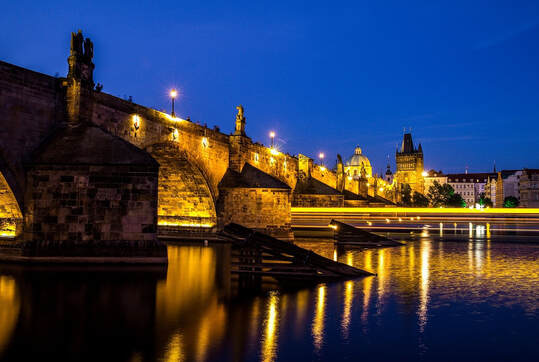
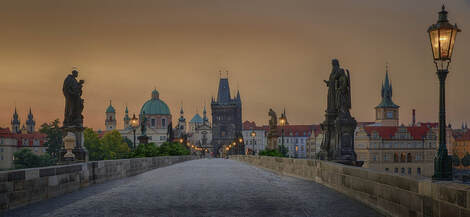

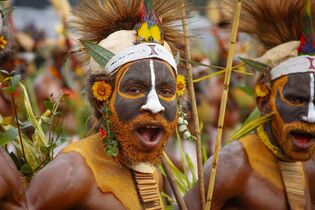
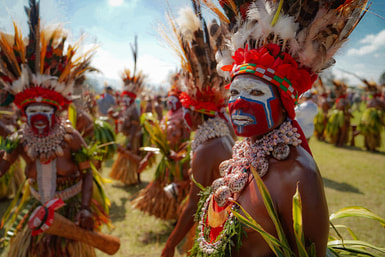
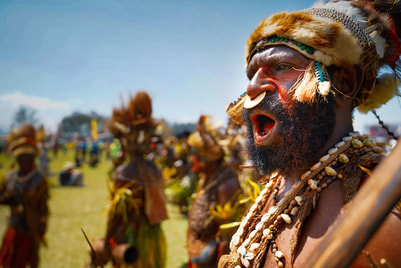
 RSS Feed
RSS Feed